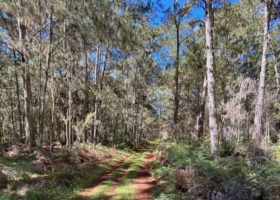
Field Report: Playing “Tag” with Bicknell’s Thrush in the Dominican Republic
A VCE team recently traveled to the Dominican Republic to tag overwintering Bicknell’s Thrushes in the Sierra de Bahoruco National Park, with colleagues from Grupo Jaragua. Executive Director Susan Hindinger recounts the experience, which was her first trip to the Dominican Republic and Director-emeritus Chris Rimmer’s 50th+/-.
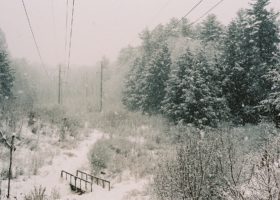
Field Guide to February 2023
This month, wildlife and the rest of us here in New England will cross an arbitrary, not insignificant threshold: 10 hours of daylight. Even though we’ve got lots more winter, at least the sound of spring is in the air. So here’s a Field Guide to February to help get your hopes up, no matter what that sleepy woodchuck predicted.
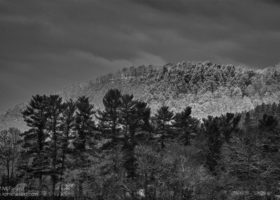
Field Guide to January 2023
Although the days are slowly growing longer, life in the Northeast now finds itself in the coldest depths of winter. January is about survival. Wildlife that doesn’t migrate adapts instead to make it to spring. Here are a few tidbits of natural history happening outdoors this month around you.
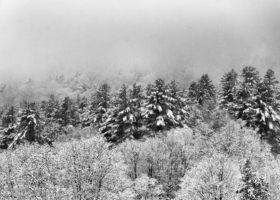
Field Guide to December 2022
Fear not; during these short days and long nights of December, there’s still plenty of life in the fading light. Once we pass the winter solstice, which strikes at precisely 4:47 PM on December 21st, more light will creep back. Until then, here’s some wintry natural history to keep you going.
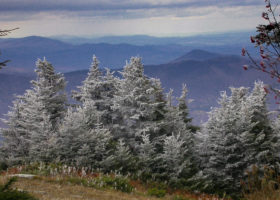
Field Guide to November 2022
With November comes a stronger nip to the morning air and the rushed activity of wildlife either preparing for their winter stay or leaving Vermont for their winter location. There is a sense of fall finality as the last deciduous trees drop their leaves. November also hails some of Vermont’s winter migrants, coming just in time to catch the first flakes. Learn more in our Field Guide to November.
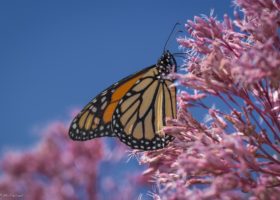
Field Guide to September 2022
It can happen almost anywhere. On a cool, foggy morning, for example, when fall warblers drop from their nocturnal migratory flights into your backyard. Or when the Monarchs gliding past you under a cool blue sky convince you that summer is indeed over. Here is your field guide to life slowing down and on the move in September.
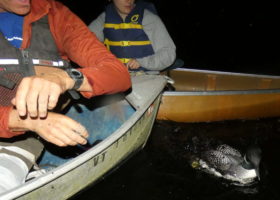
Banding Loons By Night
This summer, VCE’s loon conservation team spent two nights attempting (emphasis on attempting) to capture and band loons to learn more about their health and behavior. Despite a few misses, we caught loons on both Holland and Ewell Pond.
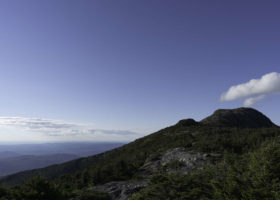
Field Guide to August 2022
FEAR NOT— we’ve still got plenty of summer here in Vermont and points north. So in this edition of VCE’s monthly field guide to nature, we’ll celebrate a few summer-breeding species. But we’ll also alert you to animals on the move. Yeah, the “M-word.” So if you’re not quite ready for fall migration, well, sorry…too late.
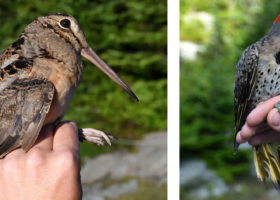
Non-Locals Surprise Banders on Mansfield as VCE Winds Down Season #31
The Mansfield ridgeline may be a far quieter place than it was a month ago, but there is never a shortage of avian surprises to be found. As VCE wraps up its 31st consecutive field season on the mountain, our mist nets produced more than one unexpected capture.
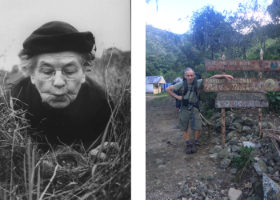
VCE’s Bicknell’s Thrush Work Recognized with Prestigious Award
VCE’s 30+ years of Bicknell’s Thrush work was recently recognized by the Wilson Ornithological Society, which awarded us the prestigious Margaret Morse Nice Medal at its annual meeting in Santa Fe, NM. Nice’s pioneering studies of Song Sparrows in her Ohio backyard during the 1930s set the benchmark for “longitudinal” avian population research, an approach VCE has embodied through our hemispheric work on Bicknell’s Thrush.
